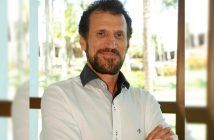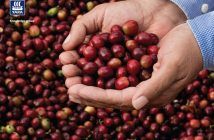Specialists warn against the consumption of Extra-Strong roasted coffee, which generally uses sweeping coffee, of poor quality, more susceptible to the development of Ochratoxin A, a substance with possible carcinogenic effects. Researchers at the Federal University of Lavras (UFLA is the acronym in Portugues), in Minas Gerais, are working to develop other uses for these coffees, such as the production of cachaça, microbacterial syrup and biomass fuel, with the aim of guaranteeing the producer’s income and safeguarding the health of Brazilian consumers.
Concern about the quality of the food has been growing year after year, and that includes a more conscious consumption of natural foods, free of pesticides, and the impulse of movements such as veganism, vegetarianism and the reduction of the consumption of sweets and soft drinks.
Contrary to this movement, industrialized coffee – the one sold in supermarkets – may contain a carcinogenic substance called Ochratoxin A (OTA), resulting from some species of filamentous fungi. In addition, the resolution of the National Health Surveillance Agency, Anvisa, (RDC n° 7. of February 18, 2011), establishing maximum tolerated limits (LMT is the acronym in Portuguese) for mycotoxins in food. For roasted and ground coffee, it allows 60 insect fragments per 25 grams.
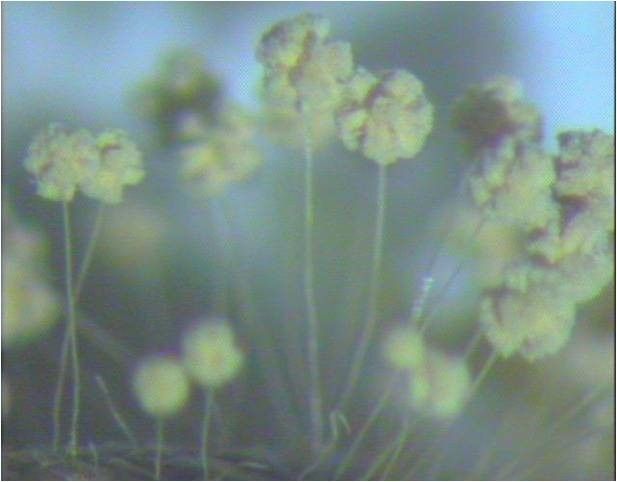
And what does that imply for your health? To know more about the subject, we interviewed Luís Roberto Batista, professor of Food Microbiology at the Federal University of Lavras (UFLA), who is leading research about the use of sweeping coffees for purposes other than food, safeguarding the health of consumers. and with the specialist in specialty coffees and coffee hunter, Moni Abreu, who has given precious tips for choosing the coffee.
Interview with the professor of food microbiology at UFLA, Federal University of Lavras, Luís Roberto Batista.
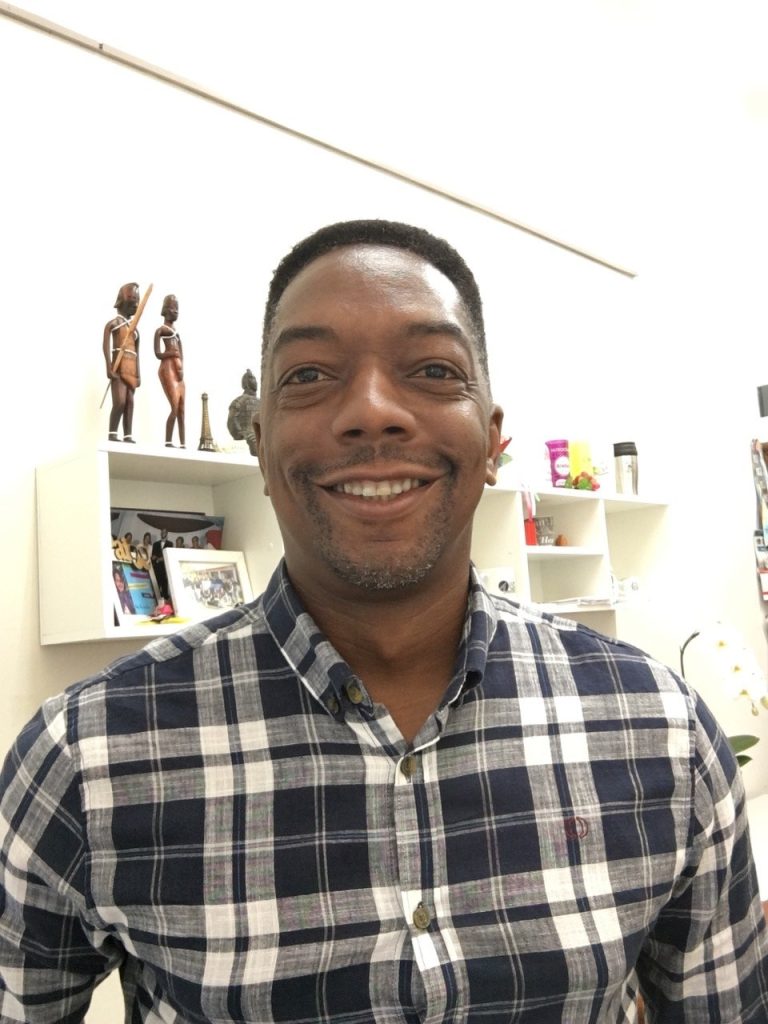
Grão Especial – What is Ochratoxin and how is it formed? During roasting, is there a process where the substance is released?
Luís Roberto Batista (UFLA) – Ochratoxin A is a toxin produced by some species of fungi. When the coffee berry borer makes the galleries in the coffee bean, it carries the fungi on its back, which will serve as food for the larvae. And sometimes these fungi will grow inside these galleries and can produce the toxin. In these grains that contain the borer, we will also find the toxin and insect fragments. But those who produce the toxin are some species of fungi that are usually related to the quality of coffee. These fungi, when they develop in coffee, produce some enzymes that deteriorate the bean, modifying it, both on the exterior part and inside.
Depending on the type of coffee roast and the grain size of the grind, you have more or less of this toxin. And, during roasting, part of this toxin – which is a chemical structure, where half is a coumarin amino acid and the other half is a physiocoumarin structure – normally this molecule breaks down, and substances are that are not toxic to humans are formed. . Part of this toxin will bind to other compounds in the coffee during the roasting process. A portion will be degraded with the physical part of the coffee itself, which comes out in the smoke during roasting.
Now, there is another part of the toxin that remains in the coffee during roasting and is not completely eliminated. It all depends on whether it is a light, medium or dark roast, whether the grinding is coarser or finer, all this will also influence the presence of the toxin. And the biggest problem is that it can cause liver and kidney lesions. In animals, mainly in pigs, Ochratoxin A can cause facial malformations. By the International Agency for Research on Cancer (INCA), Ochratoxin A is considered a possibly carcinogenic substance. There is already of its prejudicial effects in animals, but there is still not enough evidence that Ochratoxin A causes cancer in humans.
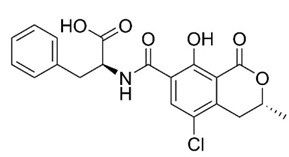
It is a toxin that makes it necessary to develop strategies to reduce the presence of these fungi in coffee. And one of the strategies is precisely the control of insects, especially the coffee berry borer, specifically because studies show this relationship of grains associated with the coffee borer and the presence of the toxin.
Let’s think of an Extra-Strong coffee; when the roast is stronger, the toxin is reduced.
But roasting cannot be a process to reduce Ochratoxin A. It has to start in the beginning, in the field, at planting, in the post-harvest stage, until it reaches the roaster.
We have several projects, including one with Embrapa Café, to take the idea to the producer, of how much he will earn financially if he applies the measures of good practices in his farming. And how much he will lose if he has a problem with the quality of his coffee. We pass this information on Ochratoxin A to farmers. We have enough studies to demonstrate that sweeping coffee is the one with the highest risk of having the presence of the toxin. And, in terms of quality, the sweeping coffee is the one with the worst quality, if we compare it with the coffee that was picked from charry or the one which has had its pulp removed. We show the producer the following: this sweeping coffee will have a smaller market and the producer runs the risk of taking to a cooperative a coffee that have risks to the health of consumers. But, unfortunately, this type of coffee is still on the market today.
We are developing some strategies at UFLA whose objective is to give these coffees another destination. An example is using it for the production of antimicrobial compounds (for the treatment of infections). So, instead of selling this bad coffee to the industry, we are going to use it for the production of antimicrobial syrups. We have another research here at UFLA, which aim is to use these sweeping coffees for the production of cachaça (a type of Brazilian Fire water) During its production, Ochratoxin A does not take part in the process, therefore, it does not present risks. Another possible use is the production of energy, from biomass. These are other possibilities, so that this bad coffee does not goes to the home of consumers.
Grão Especial – And how to convince the industry not to buy this coffee anymore?
Luis Roberto (UFLA) – I think that, over time, the consumer ends up becoming more and more demanding. This interaction between the industry and the consumer is causing inferior coffee to start to be left out. But unfortunately, it still has loyal consumers.
In the case of Extra-Strong roasted coffee, the consumer has to avoid it, because it is one of the ways to mask a series of defects. I think that this choice is already a trend, as the legislation is being improved, protecting the consumer and, in turn, the customer is becoming more demanding, that will make the industry begin to change. We already see some companies that no longer accept to buy some types of coffee. Persuasion will come from the consumer, and this is already happening. Today, they already want coffee in beans, they no longer want roasted and ground coffee, and that demand did not exist a few years ago, and it has contributed to this change.
What we have also done in Universities is to develop, for the industry itself, new solutions to meet this new, more demanding market. For example, we are working on research on the use of the Internet of Things. This is a project that started in 2018, the financial resources were released in 2019, but, due to the pandemic, we had a interval. Using the internet of things, the producer receives real-time information on the conditions of the coffee that is in his yard, with an analysis of the risks of Ochratoxin A production. The app alerts you about when is the best time to cover the coffee or to take it to the dryer and thus keep its quality.
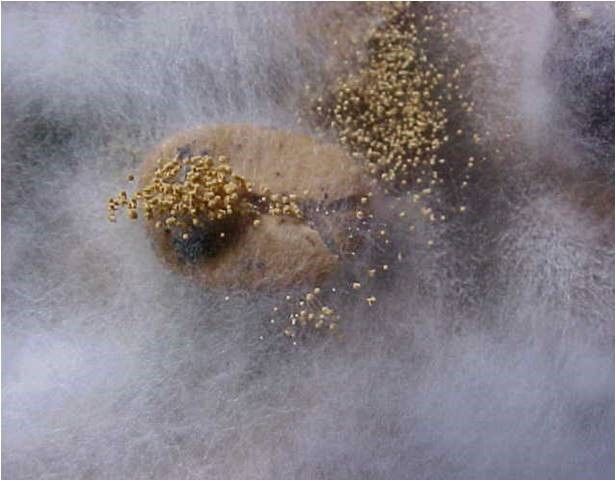
These initiatives have the aim of preserving the economic value of the coffee it is producing, generating more value to be aggregated, and improving its income, while preserving the health of the population and offering solutions for the industry at the same time.
Moni Abreu, specialist in specialty coffees and coffee-hunter, was the one who raised this issue on his Instagram.
Grão Especial – How do these insect fragments end up in the coffee packets?
Moni Abreu – We have two problems. The first has to do to the coffee industry operating at higher and higher profits, and the second is the use of increasingly cheaper coffees, which means that the industry works with low quality coffees. They are sweeping coffees, generated when the harvest is over, the ripe beans fall to the ground and are swept away. And they are swept away with everything else that is left over, which is no longer coffee, like green coffee, rotten coffee that has spoiled on the tree, coffee that has the drill bug, which has the drill worm. These products are no longer coffee.
The reality is that the producer, due to the necessity, sells this swept coffee to the industry, which deals with it as a product. But it’s not! This is no longer food! Coffee is a fruit!!! That left over there is no longer food. Even so, it ends up in the Traditional, Strong and Extra-Forte coffee package that Brazilians buy at the supermarket.
And the difference between Traditional, Forte and Extra-Forte is the carbonization level of the roasting process. Because the Brazilian roasting level is made to make up for all these problems. Traditional, Strong and Extra Strong, it’s all the same!
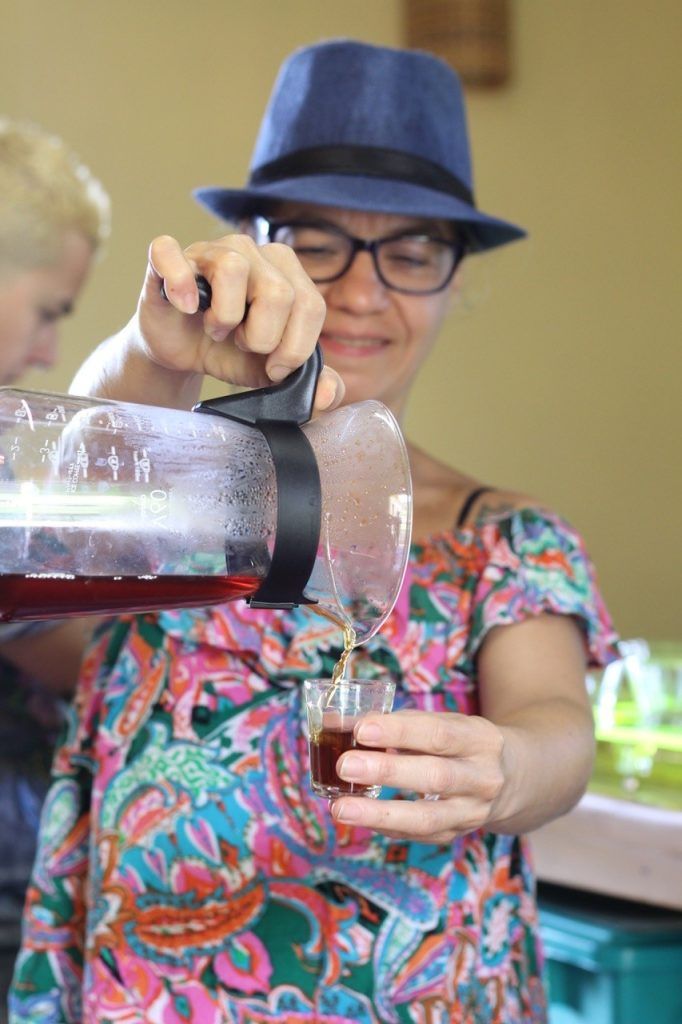
Grão Especial – What has changed over the decades?
Moni Abreu – Until the 1970s, 1980s, we used to go to the bakery to buy coffee. Roasted well or badly, with more or less defects, we could see that it was coffee. Afterwards, the practice disappeared, it was no longer roasted in front of the customer. The industry realized that it could profit much more if it put the already ground coffee inside the package. And what is ground is not seen and, as the saying goes, “out of sight, out of mind”. The logic was more or less this.
Special Grain – So, let’s go back a little and explain something to the consumer in general: when you go to the supermarket and buy a two-hundred and fifty-gram packet of coffee, from a large industry, which reads “Extra-Strong Coffee” , the consumer is buying exactly what?
Moni Abreu – One day it could have been coffee. But not anymore. In terms of food, I can guarantee that what is inside the package, one day, could have been coffee. But it is no longer, for productive reasons. On farms, coffee suffers a lot of bad weather. It rains, wets, and rots the grains, normal things in any culture, especially fruit. Because we need to considerate the fact that coffee is, first and foremost, a fruit.
The difference is: with coffee, we don’t use the fruit exactly, we only use the seed, but let’s keep in mind that contamination is contamination. Billions of bacteria penetrate any fruit, it will contaminate the seed, it will even change its taste characteristics.
Grão Especial – And how can a lay person understand this since roasting makes up for these problems? What I mean is: when people buy a little packet of coffee at a supermarket, what weapons does they have? What can she do to realize the real quality of the coffee she is buying?
Moni Abreu – It’s a great question! We have there another issue that is media, cultural. It has blown into people’s minds that coffee is essentially bitter. Listen, coffee is a fruit. When the coffee has quality, it is naturally sweet. It’s aromatic, it smells, it smells like fruit, it smells like flowers, it smells like caramel, it smells like chocolate. So, those people who have been consuming Traditional, Strong and Extra Strong coffee for many years are very mentally, psychologically and sensorially conditioned.
Grão Especial – And how to change this logic?
Moni Abreu – People need to allow themselves to get to know real cafes. For that, they need to change levels. A first step is to switch to superior coffee, a 100% Arabica with a lower percentage of defects. I believe that the best thing for the Brazilian coffee lover is to jump through the coffee classification. This will make him get used to a new kind of coffee.
Grão Especial – And then?
Moni Abreu – And then I would go for gourmet coffee, which is already much better. Much more worth the price you pay for it. It is a 100% Arabica coffee with one fifth less defects.
Grão Especial – Perfect. Now, the fact that Anvisa has this resolution that allows 60 insect fragments for every twenty-five grams of roasted and ground coffee. How is it explained?
Moni Abreu – ANVISA works within the presuppositions, regulations, norms of what has been established. Thus, Anvisa reached a minimum level, given by the industry itself. And this is so unspoken, so clear, that companies continue to buy sweeping coffees.
Grão Especial – Let’s summarize our entire conversation. What is your advice for consumers to choose your coffees?
Moni Abreu – It is: become more demanding, first choosing a superior coffee, then trying a gourmet one and, finally, entering the world of specialty coffees.
The premium, gourmet and specialty coffees are 100% arabica, which has half the caffeine and slightly less soluble solids. So of course, yes, you will need more powder to make the same amount of cup. With a good cup of coffee in hand, now it’s time to try the different recipes and find out what best suits your taste!

